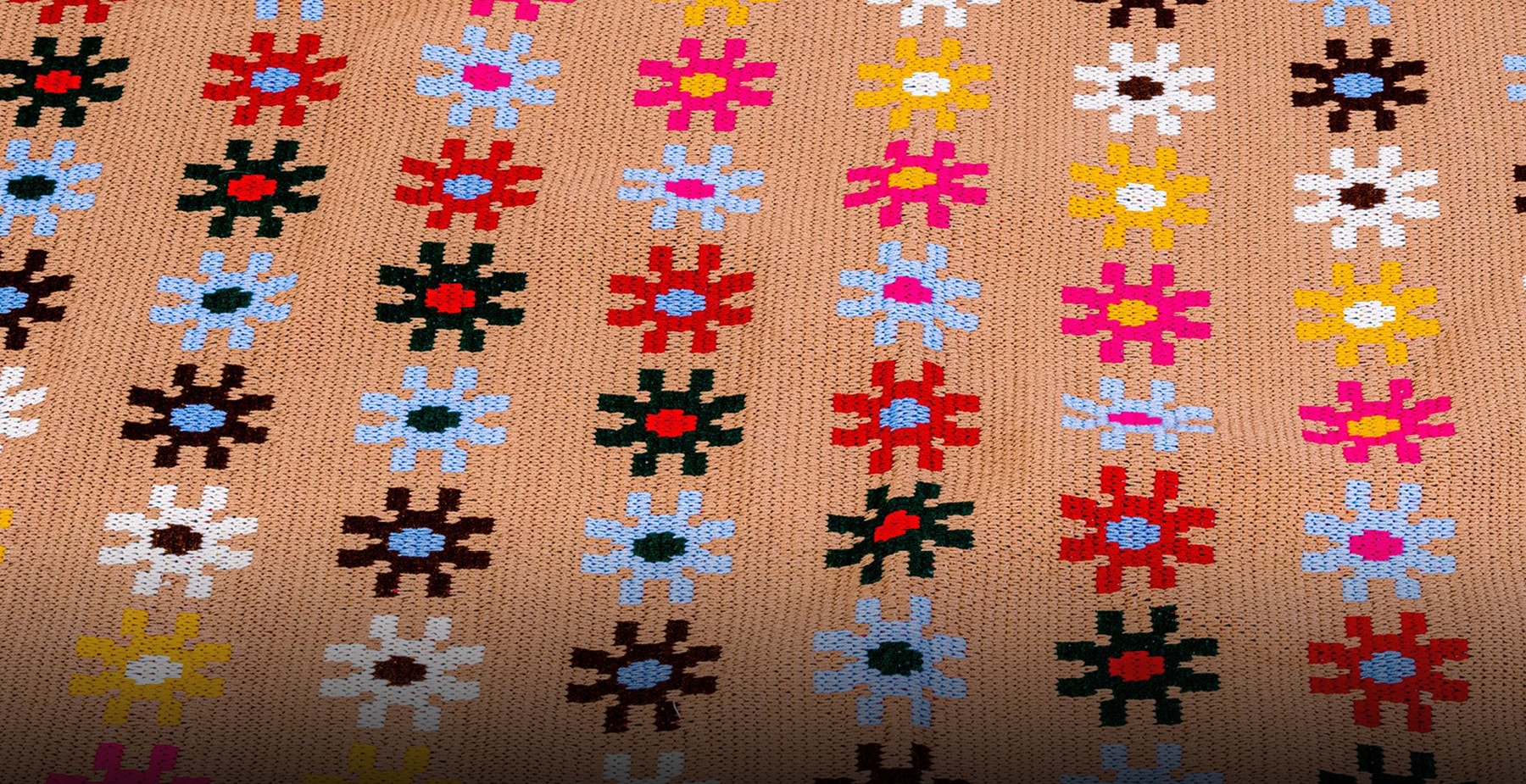

Much of Iranian art appears as if in a dream. Symbols float in space, capturing the hopes and fears of a generation—from the ancient monoliths of Persepolis and miniature paintings of the Middle Ages to the ornate rugs that continue to capture the imagination. For Iranians today, however, these depictions are only that—a dream, suspended in time.
Bijan Berahimi is the founder of design studio FISK and like many members of the Iranian diaspora who grew up in the USA, his cultural identity was something he could only revel in private. “Coming from a different background wasn’t something I was proud of growing up—nor was it something kids understood. So for a long time, being ‘American’ and ‘Iranian’ were very separate worlds,” he says.
To understand Berahimi’s story, one must learn a brief, albeit oversimplified, history of Iran before and after the Islamic Revolution.

In 1979, Iran experienced what has since become commonplace in the Middle East—socio-political instability, mistrust of the West and a wealth disparity that sparked a revolution whose shockwaves are still being felt. Prior to this period, the country was seen as a leader in the region—where tradition and modernity were being fused to envision what the new world might look like.
Eight years prior, Mohammad Reza Shah Pahlavi, Iran’s last monarch, was rapidly modernizing the country and nursing budding relations with the West. On October 14 of that year, the Shah threw an extravagant $635m USD party to celebrate the 2,500th anniversary of the Persian Empire. Leaders from all around the world converged in lavish tents set up on the ancient ruins of Persepolis.
By the end of the decade, however, his own empire would lie in ruin, thanks in part to the rise of the exiled clerical leader Ruhollah Khomeini, who galvanized many of the country’s religious clerics – along with Iran’s poor and rural populations, who felt isolated by the Shah’s reforms and brutal rule, as well as the country’s wealth disparity.
Progress turned to peril, peril turned to desolation and for over 40 years, the Islamic Republic of Iran has been mired in disarray. Tensions with the outside world are high and Iranian citizens fight for basic human rights. This is the climate that Berahimi was born into.
“There are so many first-gen kids out there that didn’t have contemporary representation of their culture.”
Santa Clarita, California is far removed from the Middle East, and like virtually all Americans, Berahimi grew up with fast food, cartoons, video games and basketball. “That was what my graphic sensibility was based on growing up in the suburbs: McDonalds, The Simpsons and NBA jerseys from the ’90s,” he says. Unlike his friends though, Berahimi felt a general sense of confusion in his formative years, where even something as simple as the frequent mispronunciation of his Iranian name gave him anxiety.
Berahimi has made quite the impact on the world of graphic design—branding for Nike, album covers for Toro y Moi and Alicia Keys, a gallery and shop component to his Portland-based studio—you’d be surprised to know that he was a shy child who didn’t even open his eyes to the field until attending college at CalArts.
While the design world can often feel lifeless and rigid, Berahimi’s aesthetic is a refreshing spin subconsciously formed by the expressive motifs seen across the history of Iranian art and cuisine. Color is a “sensorial experience” for Berahimi, who notes the “vibrancy of the greens” when cooking a sabzi polo or the colors of Iran’s many rug styles.
“As an adult, I see a lot of parallels in the use of colors, symbology and ornamentation.” he says. Particularly within his passion projects, there is a “reflection of the grid of a rug and the grid of a computer screen,” which are both on geometry and then “inherently nuanced by the human hand.”
The Berahimi family comes from Shahreza, part of Isfahan province in the center of Iran, and have been making rugs for generations. When one thinks of a Persian rug, oftentimes an Isfahani or Tabriz design will come to mind. For the young Berahimi, however, his fascination has always lain in the more nomadic rugs made by the tribes of Iran. “I like the creativity and spontaneity that happens in this style of rug specifically,” he says. “My grandmother started making rugs at the age of eight. As an adult, she wouldn’t make sketches beforehand and would weave rugs based on memory or thoughts that crossed her mind.”
Like many Iranian men, Berahimi has not been to Iran for many years due to “Sarbazi”, the country’s mandatory military service for males aged 18 and above. Instead, he recently traveled to Turkey, where he worked with local artisans to create his first rug, which appears as a complementary exploration to his upcoming “Nowruz” collection.
Nowruz, which translates to “New Day” in Farsi, is a spring festival with mythic roots in ancient Persia. Today, the secular holiday is celebrated around the world and ushers in the Iranian New Year, which according to the Solar Hiji calendar, will be going on 1402 this year. At the core of the celebration are seven symbolic elements that lay on the spread, known as a haft-sin: wheat grass (renewal and growth), pudding (power and strength), dry fruit (love), crushed spice of berries (sunrise), vinegar (age and patience), apple (beauty) and garlic (health). Other notable elements that are used from household to household are a bowl of fish (life), painted eggs (fertility) and a mirror (the future).
Berahimi started his “Nowruz” collection three years ago as a way to reconnect with his own heritage, rebut misconceptions about the Iranian community, and educate the world about the Nowruz festival . “There are so many first-gen kids out there that didn’t have contemporary representation of their culture in their day-to-day lives,” he says. “When the first Nowruz collection came out, I wondered how my childhood self would have felt seeing Iranian culture represented in this way.” The response across social media has been remarkable, not just from Iranians, but from people of various backgrounds, who were equally as interested in the traditions of this ancient nation.
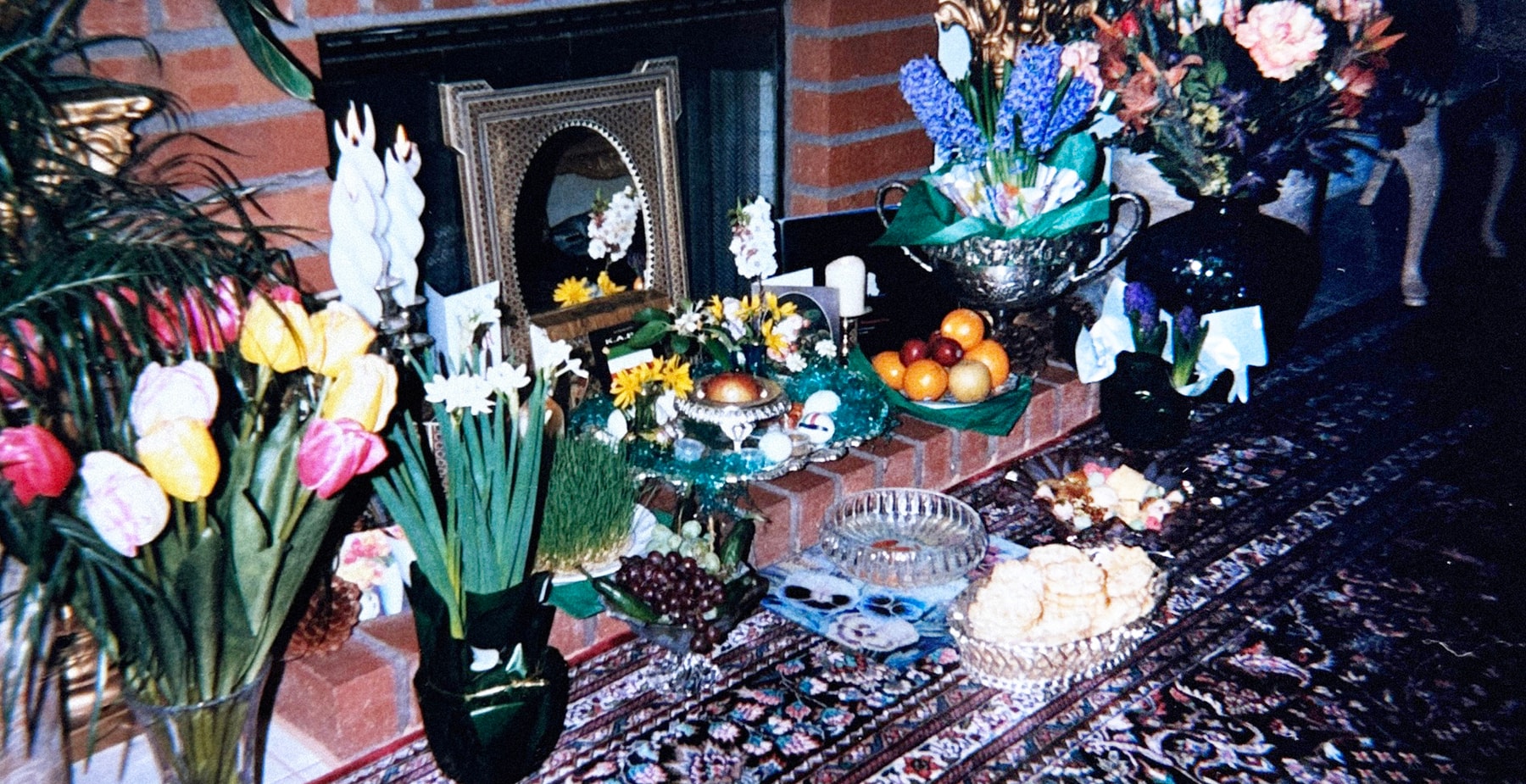
“This is an opportunity for a new Iran.”
“It’s been a beautiful way for me to connect with the diaspora — especially other brown creatives who have had a similar upbringing to me. I never expected that,” Berahimi adds. “I’ve felt isolated in Portland over the last decade and connecting with creative Iranians around the world has made me feel more at home. These new relationships and knowing there’s more people like me working in the industry has been so inspiring.”
Like many Iranians across the world, the death of Mahsa “Jina” Amini was profoundly felt by Berahimi. On September 16, 2022, the 22-year-old Kurdish-Iranian woman was killed at the hands of the country’s morality police, who punished her for improperly wearing her hijab. Since then, many in Iran have revolted against its authoritarian leadership. The regime has cut off internet connectivity around the country, and over 500 men, women and children have died, with over 20,000 protesters being arrested or tortured as well.
At the time of writing, nationwide protests and global rallies calling for an end to Iran’s regime are still taking place. Berahimi is not a politician, but he understands that everyone has the ability to contribute to a cause in their own unique way. “As an Iranian creator with family in both America and Iran, it’s a really sensitive subject,” he muses. “What I’ve learned within the last few movements — whether it is Black Lives Matter or the Women’s March — is that I can support these communities through the things that I’m skilled at, like designing and printing posters that communicate clearly, are free and are readily available to make supporting the movement easier for others,” That started through the dissemination of poster designs for the Iranian Green Movement in 2009 and the woman-led protests of today, which have been dubbed “Zan, Zendegi, Azadi”, or “Woman, Life, Freedom” in English.
Leaning into the notion of a “New Day, New Year”, Berahimi sees the latest “Nowruz” collection as a metaphor for where his mother country is at. “This is an opportunity for a new Iran.”
HYPEBEAST Magazine Issue 31: The Circle Issue is now available on HBX.
All Photos by Chris Behroozian. Courtesy of Bijan Berahimi for Hypebeast.

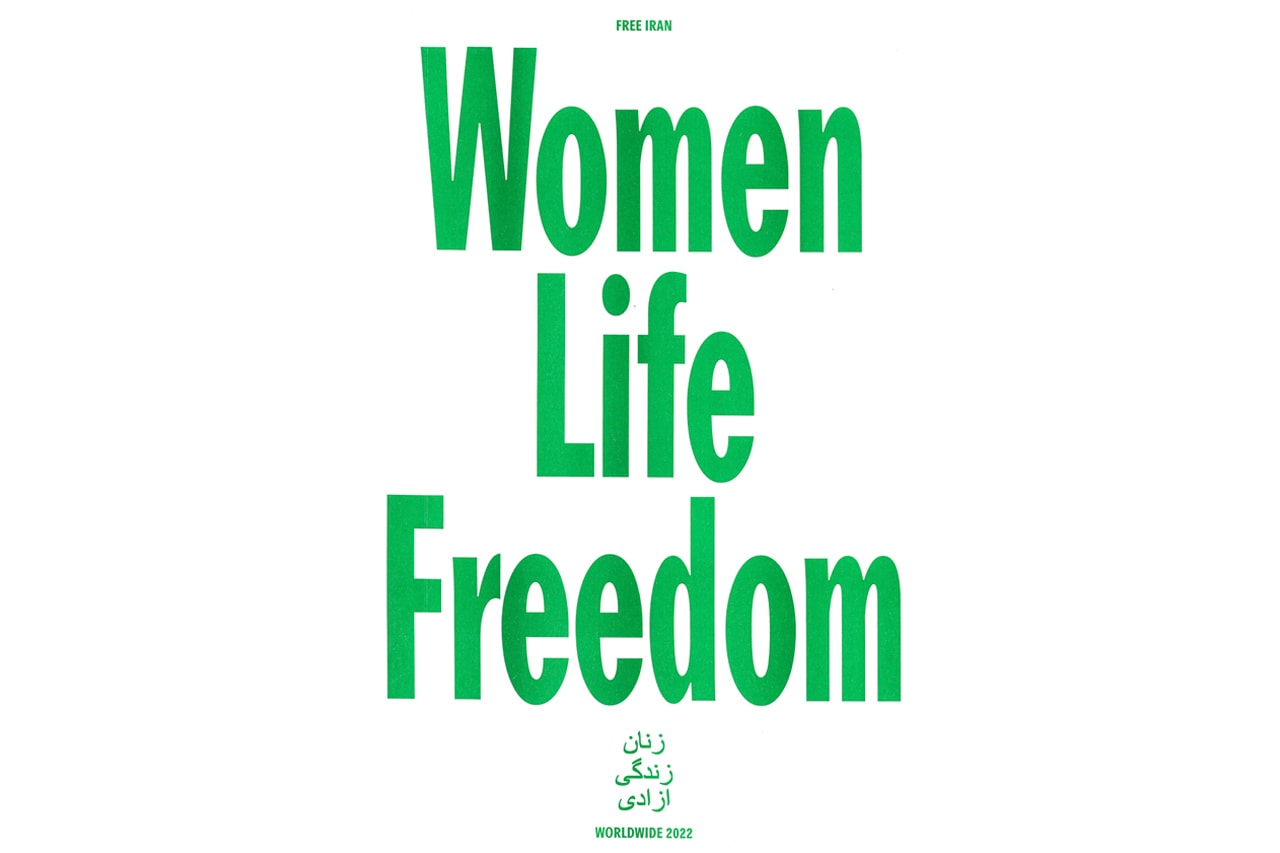


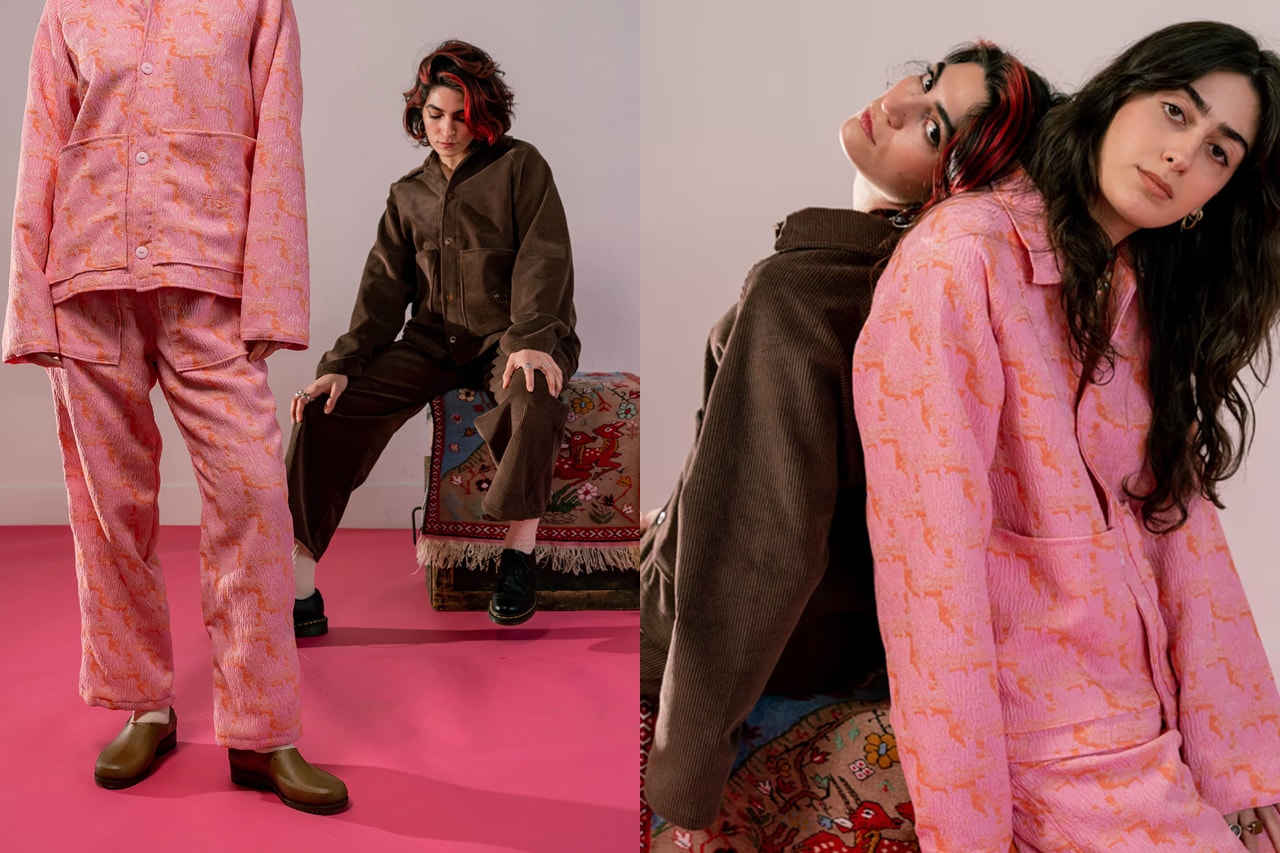

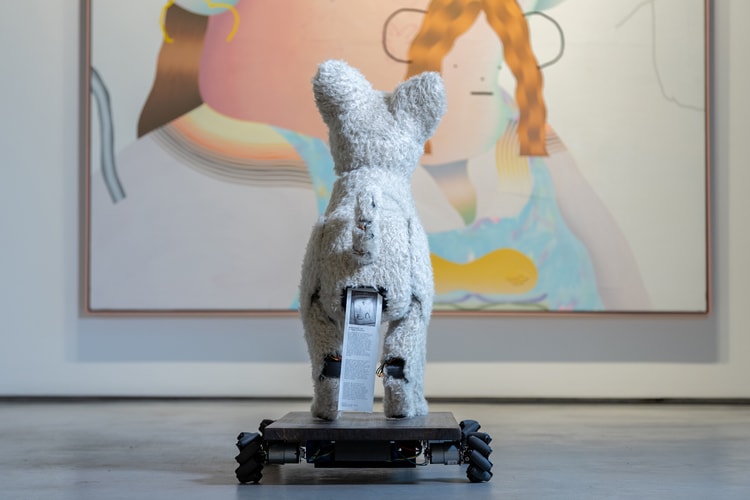
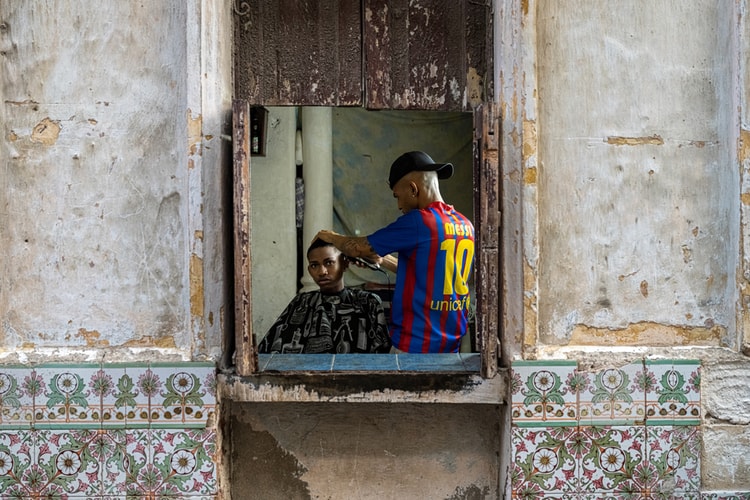
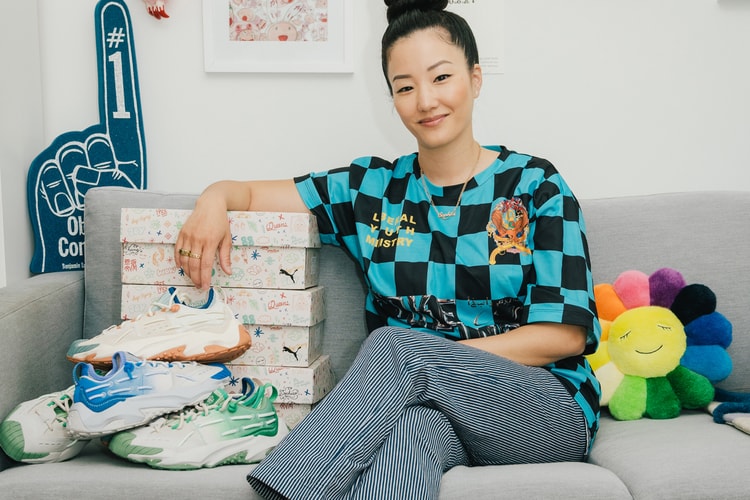
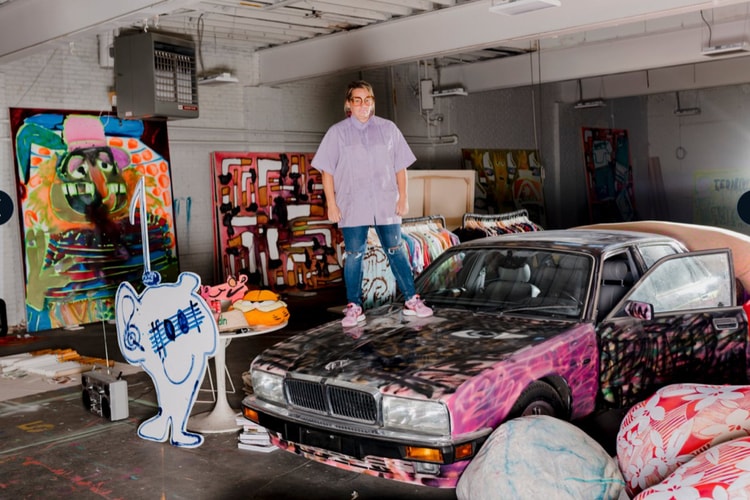
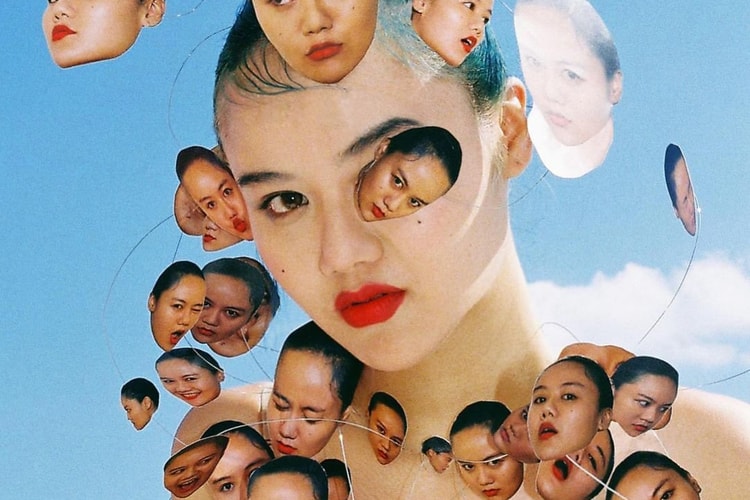
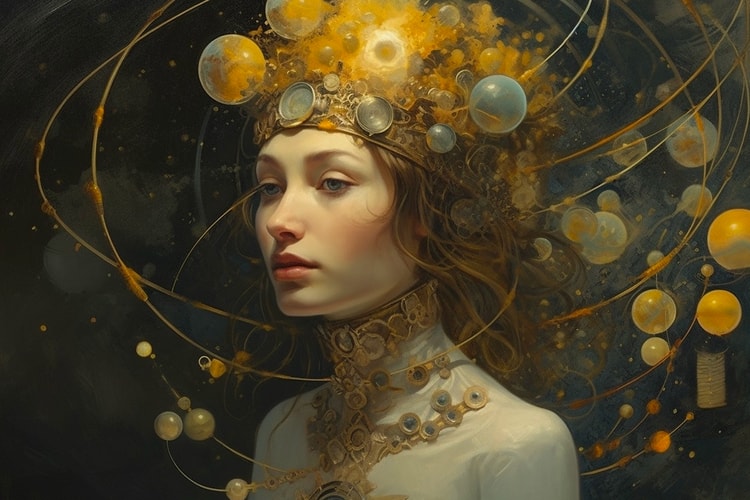
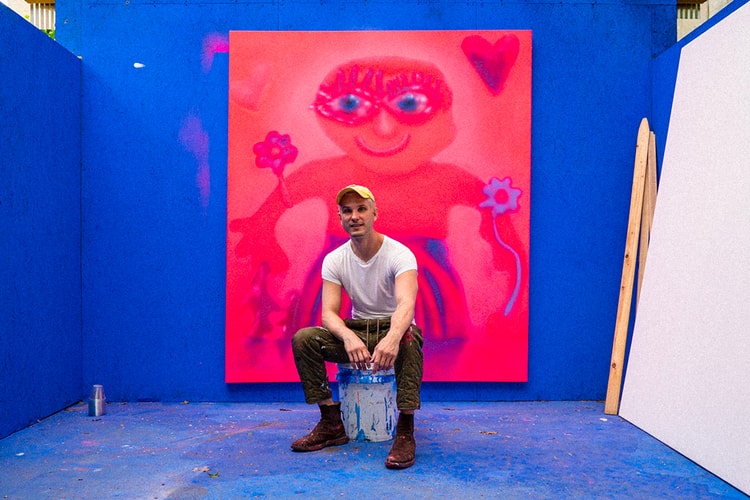
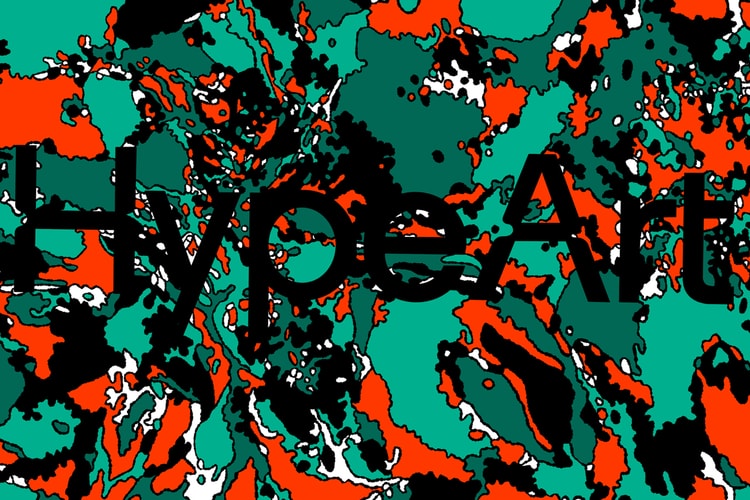

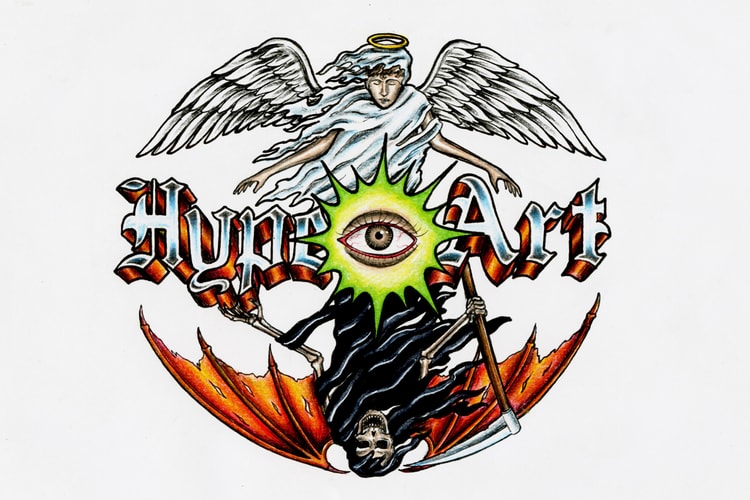
Scan the QR code to open the article on your device or within the Hypebeast App.